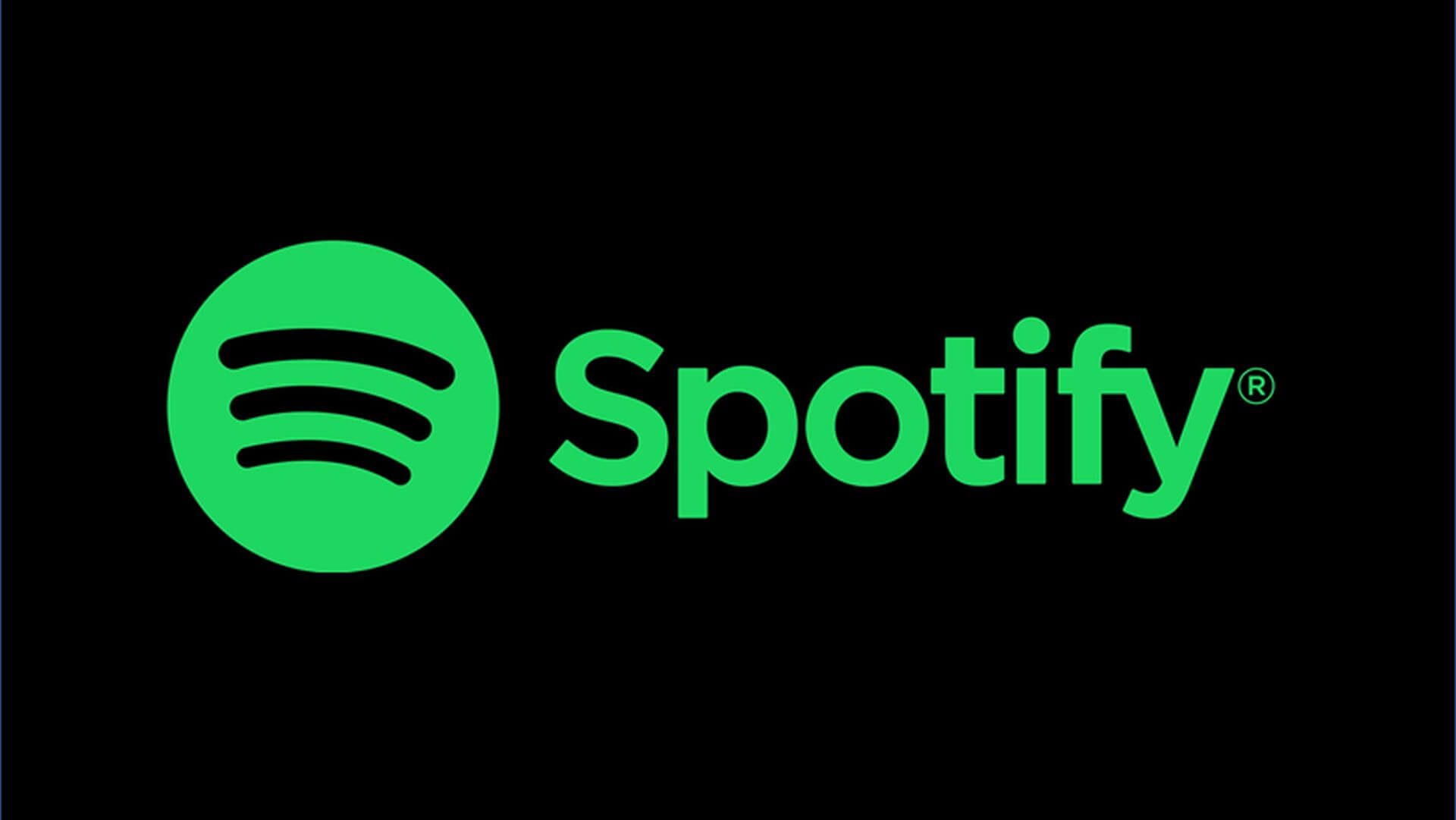Research company MIDiA reports that there were 523.9 million paying subscribers on music streaming services globally in the second quarter of 2021, an increase of 26.4% from the same period in 2020. Spotify is still the market leader by some distance, it says, despite rival services eating into its market share.
MIDiA says that the addition of 109.5 million new subscribers from Q2 2020 represents “faster growth than the prior year” and that “accelerating growth at this relatively late stage of the streaming market’s evolution is clearly positive”.
Spotify, according to its numbers, controls just under a third (31%) of the global market, more than double that of Apple AAPL -1.3% Music (15%), its nearest rival. Indeed, Spotify has a bigger share of the market than Apple Music and Amazon Music AMZN -6% (in third place with a 13% share) combined.
Against growing competition in recent years, Spotify’s dominance of the market has been shrinking slightly – down from 34% in Q2 2019 and down from 33% in Q2 2020, according to MIDiA’s calculations.
“With Apple Music being a distant second with 15% market share, and Spotify adding more subscribers in the 12 months leading up to Q2 2021 than any other single DSP, there is no risk of Spotify losing its leading position anytime soon – but the erosion of its share is steady and persistent,” says Mark Mulligan, the report’s author and MD of MIDiA.
While Amazon Music had a greater growth rate than Spotify (25% versus 20%), Mulligan says that YouTube Music was “the standout success story among Western DSPs”.
“Google GOOG -2.6% was once the laggard of the space, but the launch of YouTube Music has transformed its fortunes, growing by more than 50% in the 12 months leading up to Q2 2021,” he explains. “YouTube Music was the only Western DSP to increase global market share during this period.”
The reason for this, suggests Mulligan, is that YouTube as a brand is deeply and habitually embedded in the minds of Gen Z and younger Millennial consumers, serving as the key platform for their music consumption.
What is also important to note in the report is the power and growth of Tencent Music (with a 13% market share, putting it on the same footing as Amazon Music) and NetEase (a 6% share) – which is all the more extraordinary given that they are only available in China.
“The strong growth in subscribers holds an extra meaning going into 2022,” argued the report. “The surge in non-DSP streaming in 2021 means that the streaming market is no longer dependent on the revenue contribution of maturing Western subscriber markets.”
Streaming services do not always, or even regularly, publish their subscriber numbers. Amazon, for example, will give numbers for Prime (of which Amazon Music Prime is a bundled feature) but will not break out how many subscribers Amazon Music Unlimited, its full subscription offering, has. YouTube Music does not give out precise numbers either.
The most recent update that Spotify has given on its numbers was in October 2021 when it stated it had 381 million listeners overall and 172 million subscribers.
Apple said in October 2021 that it had 745 million paying subscribers, but that was aggregated across lots of different content categories – notably Apple Music, Apple TV+, iCloud, Apple Arcade, Apple News+ and Apple Fitness+.
It reported in June 2019 that Apple Music as a standalone service had 60 million paying subscribers, but it has not updated that number since, although the figure of 72 million was unofficially being quoted in the industry in 2020.
The IFPI, the global trade body for the record business, stated there were 443 million paying subscribers at the end of 2020 and it is not expected to update the numbers for 2021 until later this year.
This means that MIDiA, which gathers information from a range of labels and collection societies to arrive at its numbers, is one of the few non-record label sources that seeks to pin a figure on the streaming market as a whole – and does so ahead of the IFPI. While the services mentioned will neither confirm nor deny the numbers that MIDiA gives them, its data sources are strong.
As such, it is as reliable and as up-to-date a set of figures on the state of the global streaming market as we are likely to get until the IFPI produces its next Global Music Report.

